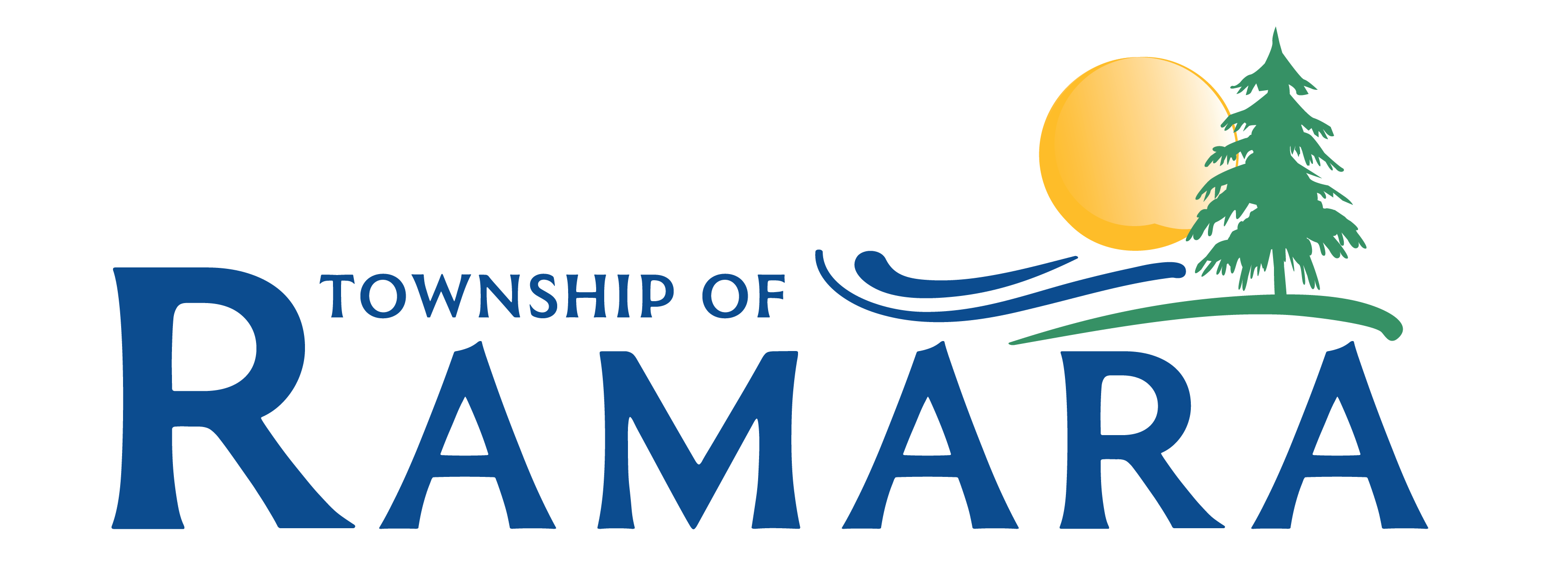Backflow
The Township is responsible for protecting the municipal water system from pollutants and contaminants. In 2007, Ramara Council adopted the Cross-Connection Bylaw 2007.87, which requires that industrial, commercial, institutional, agricultural, or multi-residential buildings install, test, and maintain all backflow preventers on their water services annually.
Understanding Backflow
With the Township of Ramara's municipal drinking water system, water is intended to flow in only one direction. Any undesirable flow reversal from a facility or building back into the drinking water system, resulting from back pressure or back siphonage, is termed backflow.
Back Siphonage
Back siphonage might occur when there's a partial vacuum in the drinking water system due to significant water withdrawal events, such as a water main rupture or during firefighting actions. This vacuum can pull contaminated water back into the drinking water system.
Back Pressure
Back pressure arises when a connection exists to a non-potable water source that operates at a pressure exceeding that of the drinking water system. Elements like booster pumps, temperature surges in boilers, or elevated piping can generate back pressure. This augmented pressure might force contaminated water back into the drinking water system.
What is a Cross-Connection?
A cross-connection is defined as any actual or potential connection between a potable water supply or system and any source of pollution or contamination. Any cross-connections that are not protected against backflow (a flowing back or reversal of the normal direction of flow) are potentially dangerous sources of contamination. When backflow occurs through an unprotected cross-connection, contaminants can enter the municipal water system, resulting in serious health effects.
Backflow Prevention Device
The Township’s Engineering Design guidelines outline the requirements for installing a backflow preventer at the meter. This device ensures that water that has already passed through the meter into a building doesn't flow back into the water main. This is known as a closed system. If a backflow preventer is installed, then the Ontario Building Code requires a thermal expansion tank to be installed as well.
It's important to note that all piping and required equipment (backflow preventer and pressure tank) that comes after the municipal shut-off valve on the street is considered private plumbing. Every resident is responsible for maintaining their private plumbing and ensuring that it is in good condition.
Who is Subject to the Backflow Prevention Program?
As outlined in Bylaw 2007.87, the cross-connection bylaw applies to all industrial, commercial, institutional, agricultural or multi-residential building or structure owners. All piping after the municipal shut-off valve on the street is private plumbing and every owner is responsible in maintaining their private plumbing in a good state of repair.
Responsibilities of Backflow Prevention
The program requires owners of industrial, commercial, institutional, agricultural or multi-residential building or structure owners to complete the following:
- Test the backflow prevention device when it is first installed and annually thereafter.
- Complete the Backflow Test and Inspection Report and submit it to the Township within 14 days of testing being conducted
- After completing the Test Report, affix a Backflow Test Assembly Tag to the device or device immediately adjacent.
- Complete of the Cross-Connection Survey Form every five years.
- The survey is carried out by a qualified persons found on the Authorized Functions List (see Bylaw 2007.87).
- The survey is provided to the Township within 14 days of completion.
- Submission of a Certificate of Compliance Form each year within 14 days of anniversary date of completing the Cross-Connection Survey.
Backflow Prevention Forms
Contact Us
Corporation of the Township of Ramara
2297 Highway 12, PO Box 130, Brechin, ON, L0K 1B0
T. 705-484-5374
E. ramara@ramara.ca
Sign up for our eNewsletter
Stay up to date on the Township's activities, events, programs and operations by subscribing to have notifications sent directly to your inbox.
